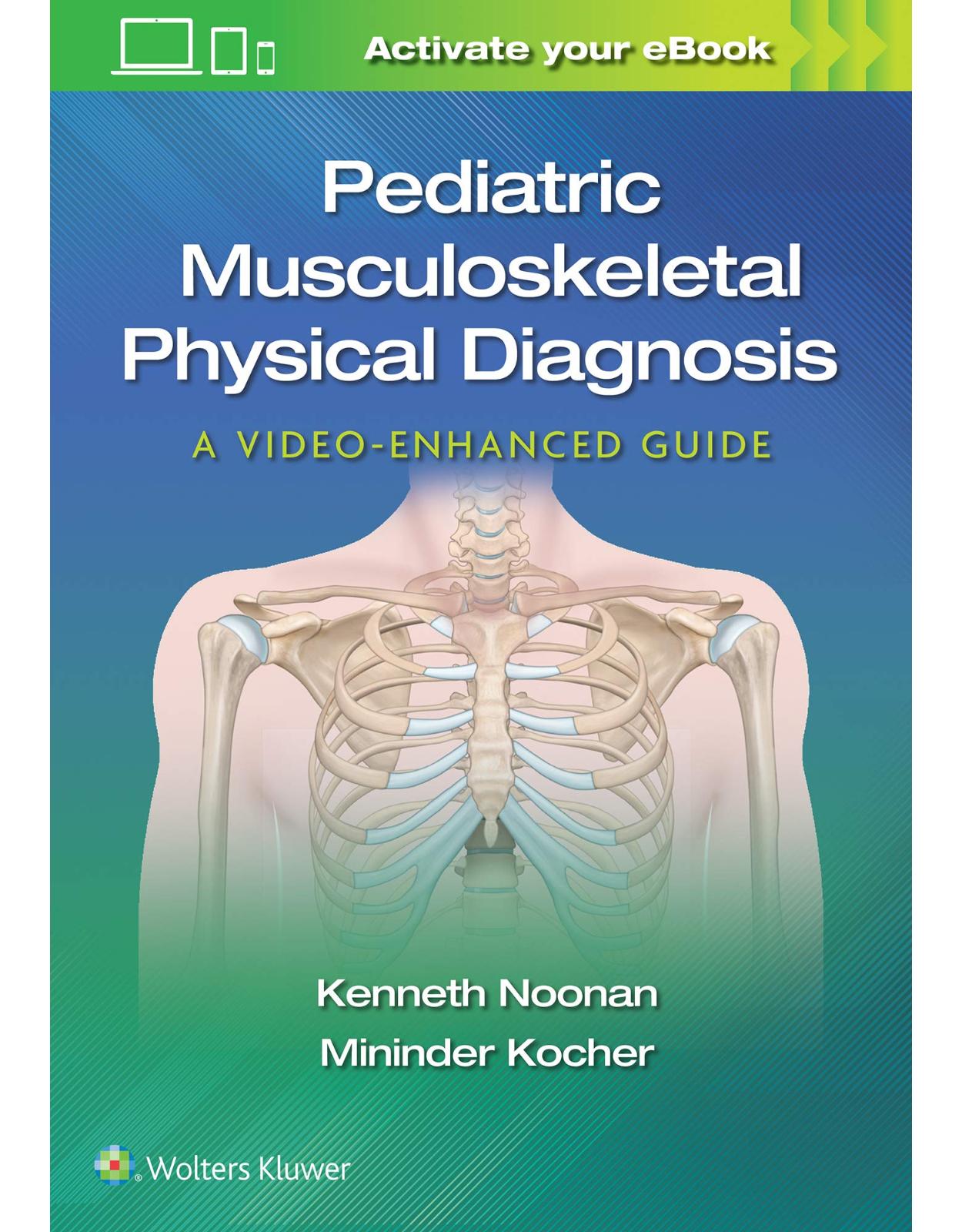
Pediatric Musculoskeletal Physical Diagnosis: A Video-Enhanced Guide
Livrare gratis la comenzi peste 500 RON. Pentru celelalte comenzi livrarea este 20 RON.
Disponibilitate: La comanda in aproximativ 4 saptamani
Editura: LWW
Limba: Engleza
Nr. pagini: 525
Coperta: Paperback
Dimensiuni: 21.59 x 2.54 x 25.4 cm
An aparitie: 7 Jan. 2021
Description:
Musculoskeletal complaints represent a large percentage of cases seen by pediatricians, family physicians, and other first-line clinicians who work with children and adolescents. Pediatric Musculoskeletal Physical Diagnosis: A Video-Enhanced Guide helps health care practitioners arrive at an accurate diagnosis and determine the need for a referral. Written by leaders in pediatric orthopaedics, this practical guide is a comprehensive, multimedia resource covering the physical examination and the next steps to diagnosis of disorders of the growing musculoskeletal system.
Table of Contents:
1 Common Pediatric Orthopedic Nomenclature
Nomenclature
Anatomic Descriptors
Planes of Motion
Shoulder
Elbow
Forearm
Wrist
Finger
Hip
Knee
Ankle
Foot
Imaging Nomenclature
Growing Bone
Physis, Epiphysis, Metaphysis, Diaphysis, and Apophysis
Commonly Symptomatic Apophyses
Categories of Imaging
Common Radiographic Angles and Measurements
Spine
Pelvis
Upper Extremity
Lower Extremity
Foot and Ankle
X-ray Findings
Subluxation, Dislocation
Lytic, Blastic, Destructive, Contained/Geographic, Cystic, Ground Glass, Stippled, Onion Skinning, Periosteal Elevation, Expansile, Cortical Thinning
Callus
Dysplasia
Fracture Terminology
Fracture Patterns
Fracture Alignment
Nomenclature Related to Physical Examination
Gait
Range of Motion
Joints
Effusion and Synovial Thickening
Muscles
Surgical Nomenclature
Reduction—Definition
Closed Versus Open Reduction
Fixation Options
Procedures
Nomenclature Related to Casts, Splints, and Braces
Materials
Plaster Versus Fiberglass
Cast Definition
Upper Extremity
Lower Extremity
Spine
Splints
Brace Types
Foot/Ankle
Hip/Leg
Spine
2 Differences Between Pediatric and Adult Musculoskeletal Systems
Introduction
Anatomical Differences and Their Potential Clinical Importance
Bone
Joints
Growth Plates
Physiological Differences and Their Potential Clinical Importance
Growth and Milestones
Normal Growth Patterns for Children and Adolescents
Growth and Remodeling
Growth and the Effects of Increased BMI
Growing Pains
Conclusion
3 Pearls and Pitfalls of the Pediatric Musculoskeletal Examination
Introduction
What You Know Before Entering the Room
Who Is Who?
Language
Developmental Delay
The Uncooperative/Crying/Anxious Toddler
Chief Complaint
Clinical Strategies in the Age of Electronic Medical Records
Physical Examination
Patient Privacy
Examination Space
First Impressions
Patient Modesty
Diagnostic Tests
Discussion of Diagnosis/Prognosis
Discussion of Treatment Plan
Special Circumstances
Malignancy
Children With Chronic Conditions
Complications
Second Opinions
Difficult Parents
Conclusion
4 Observational Gait Analysis and Correlation With Static Examination
Introduction
Basics of Gait
Principles of Observational Gait Analysis
Observing Gait From the Side
Observing From the Front and Back
Specific Gait Deviations
Antalgic Gait (Video 4.3)
Trendelenburg Gait (Video 4.4)
Short Limb Gait (Video 4.5)
Gait Deviations Associated With Hip Pathology
Duchenne Muscular Dystrophy (Video 4.6)
Ataxic Gait (Video 4.7)
Intoeing/Outtoeing
Cerebral Palsy
Crouch (Video 4.8)
“Scissor” Gait (Video 4.9)
Toddler With Hemiplegia
Stiff Knee Gait (Videos 4.4 and 4.10)
Equinus Gait
Equinovarus Foot Gait
Valgus Foot Gait
Conclusion
5 Diagnostically Directed Examination for Neurological Disorders
Introduction
Cerebral Palsy
Specific Physical Examination Findings
Neurological Examination
Hip
General Examination
Hip Abduction
Galeazzi Sign
Thomas Test and Modified Thomas Test
Craig Test to Assess Femoral Anteversion
Unique Hip Positions
Knee
General Examination
Popliteal Angle
Extensor Lag
Ely Test
Patella Alta and Patellar Stability
Foot and Ankle
General Examination
Silfverskiold Test
Planovalgus
Equinovarus
Dorsal Bunion
Hallux Valgus
Spine
Manual Flexibility
Pelvic Obliquity
Upper Extremity
Myelomeningocele
Muscular Dystrophy
Spinal Muscular Atrophy
Other Conditions
Summary
6 Physical Examination for Unusual and Syndromic Conditions
Unusual Conditions
Neurofibromatosis
Pathophysiology
Diagnosis and Physical Examination Findings
Orthopedic Manifestations
Differential Diagnosis
Hemihypertrophy
Pathophysiology
Differential Diagnosis and Physical Examination Findings
Orthopedic Manifestations
Differential Diagnosis
Marfan Syndrome
Pathophysiology
Diagnosis and Physical Examination Findings
Orthopedic Manifestations
Differential Diagnosis
Down Syndrome
Diagnosis and Physical Examination Findings
Orthopedic Manifestations
Achondroplasia
Pathophysiology
Differential Diagnosis and Physical Examination Findings
Nonorthopedic Manifestations
Orthopedic Manifestations
Diastrophic Dysplasia
Pathophysiology
Orthopedic Manifestations
Osteogenesis Imperfecta
Pathophysiology
Diagnosis
Differential Diagnosis
Classification System
Treatment
Nonorthopedic Manifestations
Orthopedic Manifestations
Hypophosphatemic Rickets
Pathophysiology
Physical Findings
Diagnosis
Differential Diagnosis
Treatment
Complex Regional Pain Syndrome
Introduction
Terminology
Pathophysiology
Pediatric Versus Adult CRPS
Clinical Significance
Physical Examination
Diagnostic Criteria
Pediatric Physical Examination
Diagnostic Tests/Advanced Imaging
Treatment
Psychology
Physiotherapy
Medication
7 Diagnostically Directed Examination for Infectious, Inflammatory, and Neoplastic Conditions
Introduction
Musculoskeletal Infection Epidemiology
Osteomyelitis
Septic Arthritis
Pyomyositis
Necrotizing Fasciitis
Pathophysiology of Disease: Acute Phase Response—The Double Edge Sword in Infection
Bacterial Hijacking of the APR
Clinical Presentation of Musculoskeletal Infections
General Presentation
Presentation of Osteomyelitis Versus Septic Arthritis Versus Pyomyositis
Differential Diagnosis
Tools for Evaluation
Laboratory Tests
Radiographs
Ultrasound
Magnetic Resonance Imaging
Aspiration
Treatment and Pathology Management
Antibiotic
Operative Management
Septic Arthritis
Osteomyelitis
Pyomyositis
Beyond Infection: Discerning Malignancy and Inflammatory Conditions
Malignancy Mimicry
Differentiating Inflammatory Disorders
Conclusion
8 Evaluation for Nonaccidental Trauma
Introduction
Epidemiology
The Medical Evaluation
History of Present Illness
Past Medical History
Family History
Social History
Physical Examination
Orthopedic Examination
Laboratory Testing
Imaging
Fracture Types
Common Fracture Patterns Seen in Accidental Trauma and NAT
Common Fracture Locations
Femur Fractures
Rib Fractures in Infants
Classic Metaphyseal Fractures
Transphyseal Fractures of the Distal Humerus
Sternal Fractures
Spine Fractures
Scapular Fractures
Differential Diagnosis and Confounding Medical Circumstances
Management of NAT
9 Examination of the Injured Child
Introduction
Assessment of the Multiply Injured Child
Epidemiology
Primary Survey
Secondary Survey
Tertiary Survey
Commonly Missed Injuries
Nonorthopedic System Evaluation
Orthopedic Emergencies
Open Fractures
Compartment Syndrome
Signs and Symptoms
Physical Examination
Compartment Measurements
Vascular Injury
Physical Examination
Peripheral Neurologic Injury
Upper Extremity Neurologic Examination
Motor Examination
Sensory Examination
Lower Extremity Examination
Motor Examination
Sensory Examination
Spinal Cord Injury
Motor Examination
Sensory Examination
Classification
Regional Assessment of the Traumatized Child
General Principles
Clavicle and Scapula
Proximal Humerus and Humerus Shaft
Fractures Around the Elbow
Supracondylar Humerus Fractures
Lateral Condyle Humerus Fractures
Medial Epicondyle Fractures
Radial Neck Fracture
Olecranon Fracture
Nursemaids Elbow
Forearm Fractures
Hip Dislocations and Fractures
Femoral Shaft Fractures
Fractures About the Knee
Tibial Shaft Fractures
Ankle Fractures
Foot Fractures
Pelvis Fractures
Spine Fracture
10 Evaluation of the Concussed Child/Adolescent
Introduction
Acute On-Field Evaluation
Airway
Breathing
Circulation
Disability
Exposure
Sideline Evaluation
SCAT5
Child SCAT5
King-Devick Test
In-Office Clinical Evaluation
Cognitive Screen
Cervical Screen
Visio-Vestibular Assessment
Visual Screen
Balance Assessment
Neurocognitive Testing
Exercise Tolerance Testing
Conclusion
11 Spine and Spinal Conditions
Overview
Torticollis
Physical Examination for Torticollis
Additional Testing and Treatment
Scoliosis
Clinical Features—Initial Signs and Symptoms
Physical Examination for Scoliosis
Treatment of Idiopathic Scoliosis
Congenital Scoliosis
Kyphosis
Physical Examination for Kyphosis
Additional Testing and Treatment
Back Pain/Spondylolysis/Spondylolisthesis
Patient Evaluation
Physical Examination for Back Pain
Additional Evaluation and Treatment
12 Foot and Ankle Deformity
Introduction
Congenital and Infantile Foot Deformities
Clubfoot
Introduction
Clinical Significance and Natural History
History and Physical Examination
Pitfalls in Diagnosis
Differential Diagnosis
Diagnostic Tests or Advanced Imaging
Treatment
When to Refer
Metatarsus Adductus
Introduction
Clinical Significance and Natural History
History and Physical Examination
Pitfalls in Diagnosis
Differential Diagnosis
Diagnostic Tests or Advanced Imaging
Treatment
When to Refer
Skewfoot
Introduction
Clinical Significance and Natural History
History and Physical Examination
Diagnostic Tests or Advanced Imaging
Treatment
When to Refer
Congenital Vertical Talus
Introduction
Clinical Significance and Natural History
History and Physical Examination
Pitfalls in Diagnosis
Differential Diagnosis
Diagnostic Tests or Advanced Imaging
Treatment
When to Refer
Calcaneal Valgus Foot
Introduction
Clinical Significance and Natural History
History and Physical Examination
Pitfalls in Diagnosis
Treatment
When to Refer
Macrodactyly
Introduction
Clinical Significance and Natural History
History and Physical Examination
Diagnostic Tests or Advanced Imaging
Treatment
When to Refer
Lesser Toe Deformities
Congenital Curly Toe
Introduction
Clinical Significance and Natural History
History and Physical Examination
Pitfalls in Diagnosis
Diagnostic Tests or Advanced Imaging
Treatment
When to Refer
Overriding Fifth Toe
Introduction
Clinical Significance and Natural History
History and Physical Examination
Diagnostic Tests or Advanced Imaging
Treatment
When to Refer
Polydactyly
Introduction
Clinical Significance and Natural History
History and Physical Examination
Diagnostic Tests or Advanced Imaging
Treatment
When to Refer
Syndactyly
Introduction
Clinical Significance and Natural History
History and Physical Examination
Diagnostic Tests or Advanced Imaging
Treatment
When to Refer
Bunionette Deformity
Introduction
Clinical Significance and Natural History
History and Physical Examination
Diagnostic Tests or Advanced Imaging
Treatment
When to Refer
Juvenile Hallux Valgus
Introduction
Clinical Significance and Natural History
History and Physical Examination
Pitfalls in Diagnosis
Diagnostic Tests or Advanced Imaging
Treatment
When to Refer
Disorders of Walking Children and Adolescents
Flexible Flatfoot
Introduction
Clinical Significance and Natural History
History and Physical Examination
Diagnostic Tests or Advanced Imaging
Pitfalls in Diagnosis
Treatment
When to Refer
Tarsal Coalition
Introduction
Clinical Significance and Natural History
History and Physical Examination
Pitfalls in Diagnosis
Diagnostic Tests or Advanced Imaging
Treatment
When to Refer
Cavus and Cavovarus Feet
Introduction
Clinical Significance and Natural History
Physical History and Physical Examination
Diagnostic Tests or Advanced Imaging
Treatment
When to Refer
Accessory Navicular
Introduction
Clinical Significance and Natural History
History and Physical Examination
Diagnostic Tests or Advanced Imaging
Treatment
When to Refer
13 Leg Disorders
Introduction to Leg Deformities
Congenital Deformities of the Leg
Fibular Deficiency
Introduction
Clinical Significance
Physical Examination
Pitfalls in Diagnosis
Differential Diagnosis
Diagnostic Tests or Advanced Imaging
Treatment and When to Refer
Tibial Deficiency
Introduction
Clinical Significance
Physical Examination
Pitfalls in Diagnosis
Differential Diagnosis
Diagnostic Tests or Advanced Imaging
Treatment and When to Refer
Posteromedial Bowing
Introduction
Clinical Significance
Physical Examination
Pitfalls in Diagnosis
Differential Diagnosis
Diagnostic Tests or Advanced Imaging
Treatment and When to Refer
Leg Deformities as a Result of Metabolic Disorders and Skeletal Dysplasia
Rickets
Introduction
Clinical Significance
Physical Examination
Pitfalls in Diagnosis
Differential Diagnosis
Diagnostic Tests or Advanced Imaging
Treatment and When to Refer
Skeletal Dysplasia
Introduction
Clinical Significance
Physical Examination
Pitfalls in Diagnosis
Diagnostic Tests or Advanced Imaging
Treatment and When to Refer
Developmental Causes of Limb Deformity
Tibia Vara
Introduction
Clinical Significance
Physical Examination
Pitfalls in Diagnosis
Differential Diagnosis for Infantile Tibia Vara
Differential Diagnosis for Late-Onset Tibia Vara
Diagnostic Tests or Advanced Imaging
Treatment and When to Refer
Anterolateral Bowing of the Tibia/Congenital Pseudarthrosis of the Tibia
Introduction
Clinical Significance
Physical Examination
Pitfalls in Diagnosis
Differential Diagnosis
Diagnostic Tests or Advanced Imaging
Treatment and When to Refer
Acquired Causes of Limb Deformity
Cozen Phenomenon
Introduction
Clinical Significance
Physical Examination
Pitfalls in Diagnosis
Differential Diagnosis
Diagnostic Tests or Advanced Imaging
Treatment and When to Refer
Partial Growth Arrest
Introduction
Clinical Significance
Physical Examination
Pitfalls in Diagnosis
Differential Diagnosis
Diagnostic Tests and Advanced Imaging
Treatment and When to Refer
Conclusion
14 Knee Conditions
Introduction to Pediatric Knee Conditions
Normal Knee Anatomy
Ligaments
Muscles
Examination of the Knee
Examination
Pertinent Findings in Common Knee Conditions
Congenital Knee Dislocation
Pitfalls in Diagnosis
Diagnostic Tests or Advanced Imaging
Treatment and When to Refer
Plica Syndrome
Osteochondritis Dissecans
Medial Meniscus Tear
Pes Anserine Bursitis
Symptomatic Bipartite Patella
Discoid Lateral Meniscus and Lateral Meniscus Tears
Sinding-Larsen Johansson Syndrome and Patellar Tendinitis
Osgood-Schlatter Syndrome and Patellar Tendon Ossicles
Anterior Cruciate Ligament Tear or Tibial Spine Avulsion
Posterior Cruciate Ligament
Medial Collateral Ligament
Lateral Collateral Ligament and Posterolateral Corner
Patellar Instability
Pitfalls in Diagnosis of Knee Pathology
Diagnostic Tests or Advanced Imaging
Treatment and When to Refer
15 Limb Alignment and Limb Length Discrepancies
Introduction to Pediatric Limb Deformity
Basic Normal Limb Development
In-toeing
Introduction
Clinical Significance and Natural History
History and Physical Examination
Pitfalls in Diagnosis
Differential Diagnosis
Diagnostic Tests or Advanced Imaging
Treatment
When to Refer
Out-toeing
Introduction
Clinical Significance and Natural History
History and Physical Examination
Pitfalls in Diagnosis
Differential Diagnosis
Diagnostic Tests or Advanced Imaging
Treatment
When to Refer
Genu Varum
Introduction
Clinical Significance/Natural History
History and Physical Examination
Pitfalls in Diagnosis
Differential Diagnosis
Diagnostic Tests or Advanced Imaging
Treatment
When to Refer
Genu Valgum
Introduction
Clinical Significance/Natural History
History and Physical Examination
Pitfalls in Diagnosis
Differential Diagnosis
Diagnostic Tests or Advanced Imaging
Treatment
When to Refer
Leg Length Discrepancy
Introduction
Clinical Significance/Natural History
History and Physical Examination
Pitfalls in Diagnosis
Differential Diagnosis
Diagnostic Tests or Advanced Imaging
Treatment
When to Refer
Conclusion
16 Hip Disorders
Introduction
Anatomy
History
Ability to Walk and Observational Gait Analysis
General Physical Examination of the Hip
Pathology-Specific Examination
Developmental Dysplasia of the Hip
Diagnostic Testing and When to Refer
Perthes Disease
Diagnostic Testing and When to Refer
Slipped Capital Femoral Epiphysis
Diagnostic Testing and When to Refer
Hip Pathology in the Young Athlete
Diagnostic Testing and When to Refer
17 Chest and Shoulder Deformity
Basic Bony Anatomy, Development and Function
General Physical Examination
Bony Anatomy/Surface Landmarks
Shoulder Range of Motion
Shoulder Muscle Testing (Video 17.1)
Radiographic Studies
Plain Radiographic Imaging
Computed Tomography Scan Imaging
Magnetic Resonance Imaging
Disorders of the Clavicle
Congenital Pseudarthrosis of Clavicle
Introduction
Clinical Significance and Natural History
History and Physical Examination
Diagnostic Tests or Advanced Imaging
Treatment
When to Refer
Cleidocranial Dysplasia
Introduction
Clinical Significance and Natural History
History and Physical Examination
Diagnostic Tests or Advanced Imaging
Treatment
When to Refer
Poland Syndrome
Introduction
Clinical Significance and Natural History
History and Physical Examination
When to Refer
Disorders of the Scapula
Sprengel Deformity
Introduction
Clinical Significance and Natural History
History and Physical Examination
Pitfalls in Diagnosis
Diagnostic Tests or Advanced Imaging
Treatment
When to Refer
Scapular Winging
Introduction
Clinical Significance and Natural History
History and Physical Examination
Pitfalls in Diagnosis
Diagnostic Tests or Advanced Imaging
Treatment
When to Refer
Disorders of the Proximal Humerus and Glenohumeral Joint
Little League Shoulder
Introduction
Clinical Significance and Natural History
History and Physical Examination
Diagnostic Tests or Advanced Imaging
Treatment
Shoulder Instability
Introduction
Clinical Significance and Natural History
History and Physical Examination
Posttraumatic Anterior Instability
Multidirectional Instability
Pitfalls in Diagnosis
Diagnostic Tests or Advanced Imaging
Treatment
When to Refer
Internal Impingement (Swimmer’s Shoulder)
Introduction
Clinical Significance and Natural History
History and Physical Examination
Diagnostic Tests or Advanced Imaging
Treatment
When to Refer
18 Pediatric Elbow and Forearm Conditions
Introduction
General Physical Examination
Observation
Topographical Inspection by Palpation
Range of Motion
Shoulder Abduction, Elbow Extension
Shoulder External Rotation, Elbow Flexion
Elbow Flexion, Forearm Rotation
Wrist Flexion and Extension, Radial and Ulnar Deviation
Overall Stability
Neurovascular Examination
Congenital Differences
Coronoid Insufficiency
Introduction
History and Physical Examination
Differential Diagnosis
Diagnostic Tests or Advanced Imaging
Treatment
Radial Head Dislocation
Introduction
History and Physical Examination
Differential Diagnosis
Diagnostic Tests or Advanced Imaging
Treatment
Radioulnar Synostosis
Introduction
History and Physical Examination
Diagnostic Tests or Advanced Imaging
Treatment
Transverse Deficiencies
Introduction
History and Physical Examination
Differential Diagnosis
Diagnostic Tests or Advanced Imaging
Treatment
Ulnar Deficiencies
Introduction
History and Physical Examination
Differential Diagnosis
Treatment
Radial Deficiencies
Introduction
History and Physical Examination
Differential Diagnosis
Diagnostic Tests or Advanced Imaging
Treatment
Arthrogryposis
Introduction
History and Physical Exam
Differential Diagnosis
Diagnostic Tests or Advanced Imaging
Treatment
Traumatic Injuries
Introduction
History and Physical Exam
Tumors of the Elbow and Forearm
Introduction
Neurologic Disorders
Cubital Tunnel/Ulnar Nerve Subluxation
Introduction
History and Physical Exam
Differential Diagnosis
Treatment
Pronator Syndrome/Radial Tunnel Syndrome
Introduction
Differential Diagnosis
Treatment
Spinal Cord Injury/Myelitis
Introduction
History and Physical Exam
Treatment
Brachial Plexus Injury
Introduction
History and Physical Exam
Treatment
Spasticity/Cerebral Palsy
Introduction
History and Physical Exam
Treatment
Overuse Injuries
Little League Elbow
Introduction
History and Physical Examination
Differential Diagnosis
Diagnostic Tests and Advanced Imaging
Treatment
Elbow Osteochondritis Dissecans
Introduction
History and Physical Examination
Differential Diagnosis
Diagnostic Tests and Advanced Imaging
Treatment
Lateral Epicondylitis
Introduction
History and Physical Examination
Differential Diagnosis
Diagnostic Tests and Advanced Imaging
Treatment
Conclusion
19 Hand and Wrist Problems
Introduction
The Injured Wrist
Distal Radius Fractures
Distal Radius Physeal Fractures
Scaphoid Fractures
Triangular Fibrocartilage Complex Injuries
Carpal Ligament Injuries
The Injured Hand
Metacarpal Fractures, Dislocations, and Ligament Injuries
Phalanx Fractures, Dislocations, and Ligament Injuries
Hand Soft Tissue Injuries
The Deformed Wrist
Post-Traumatic Deformity
Congenital Deformity
Developmental Deformities
Adolescent Onset Wrist Pain
The Deformed Hand
Post-Traumatic Hand Deformity
Congenital Hand Deformity
Thumb Hypoplasia
Syndactyly
Polydactyly
Symbrachydactyly/Cleft Hand
Developmental Hand Deformity
Trigger Thumb
Clinodactyly/Camptodactyly
Multiple Hereditary Exostosis Syndrome
Conclusions
Index
| An aparitie | 7 Jan. 2021 |
| Autor | Mininder Kocher (Author), Kenneth Noonan , Kocher , Mininder , Noonan MD , Dr. Kenneth) |
| Dimensiuni | 21.59 x 2.54 x 25.4 cm |
| Editura | LWW |
| Format | Paperback |
| ISBN | 9781975109271 |
| Limba | Engleza |
| Nr pag | 525 |

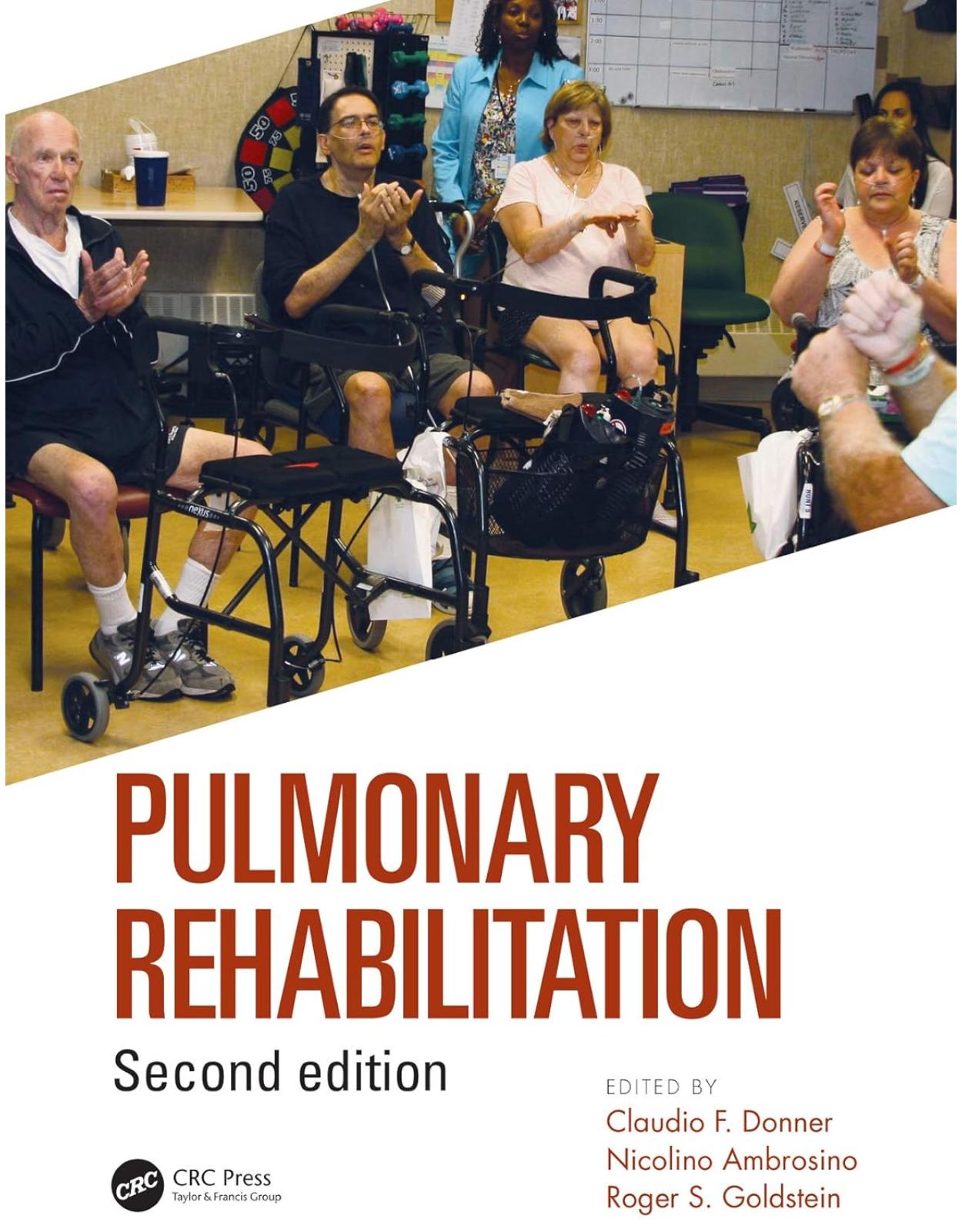
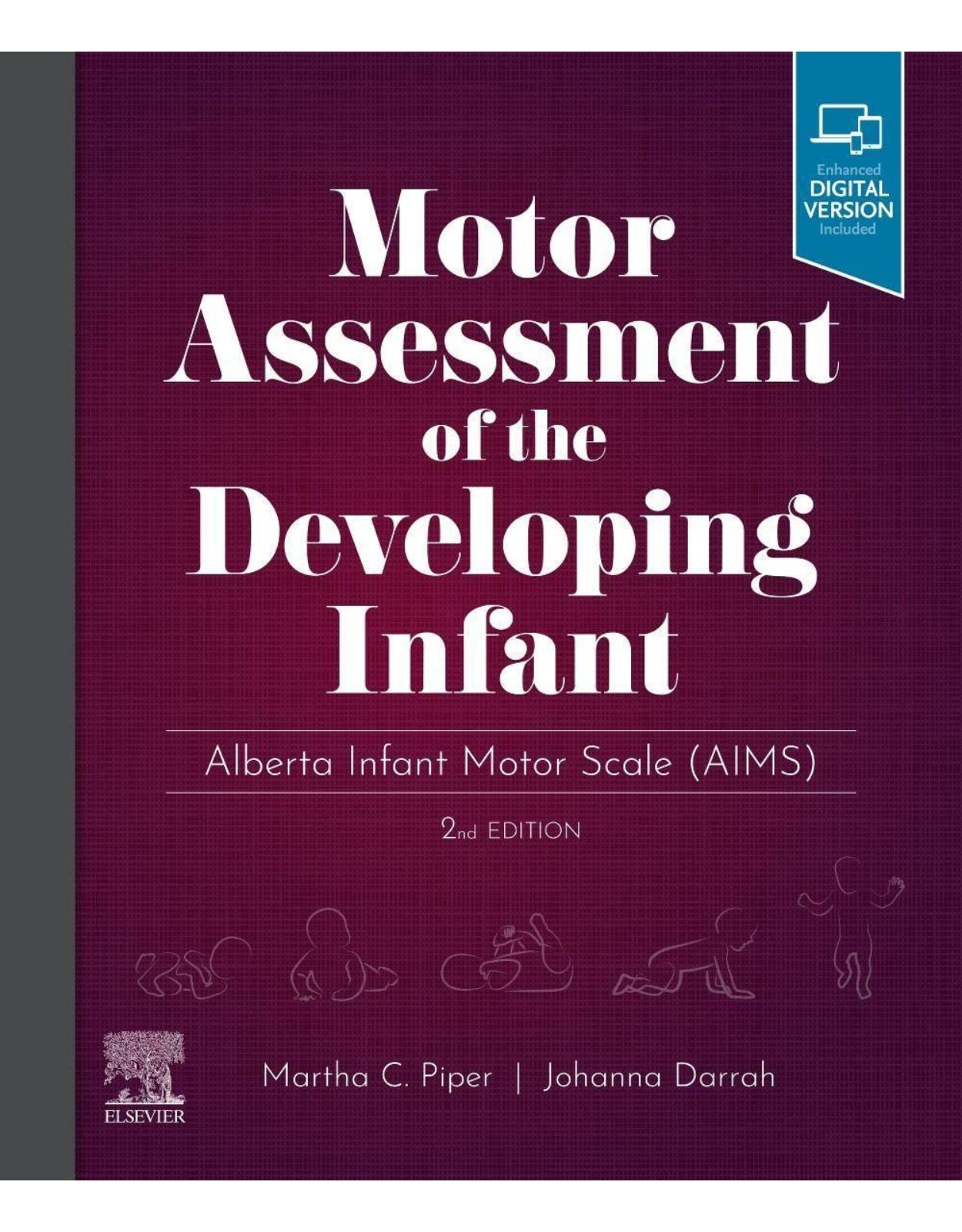
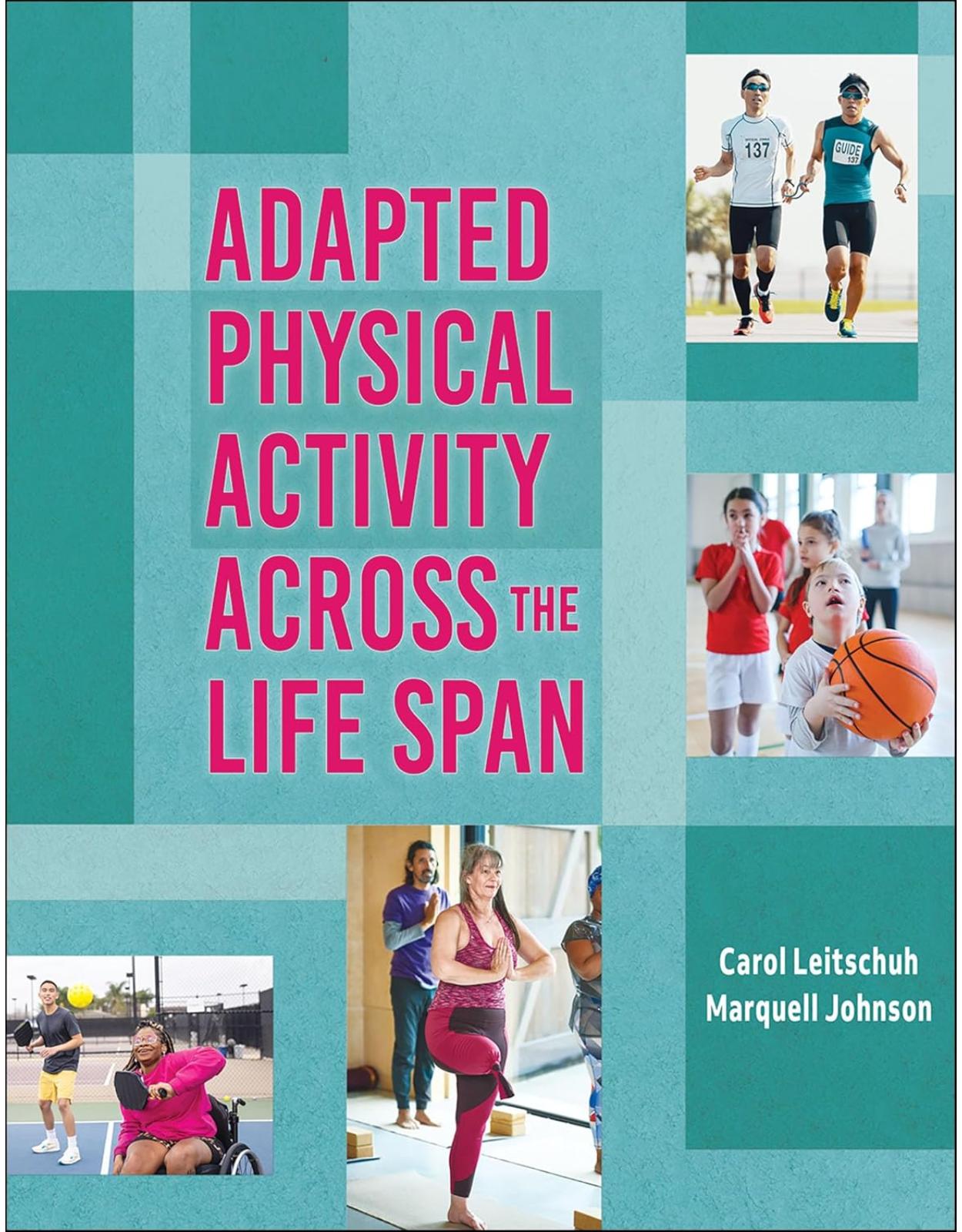
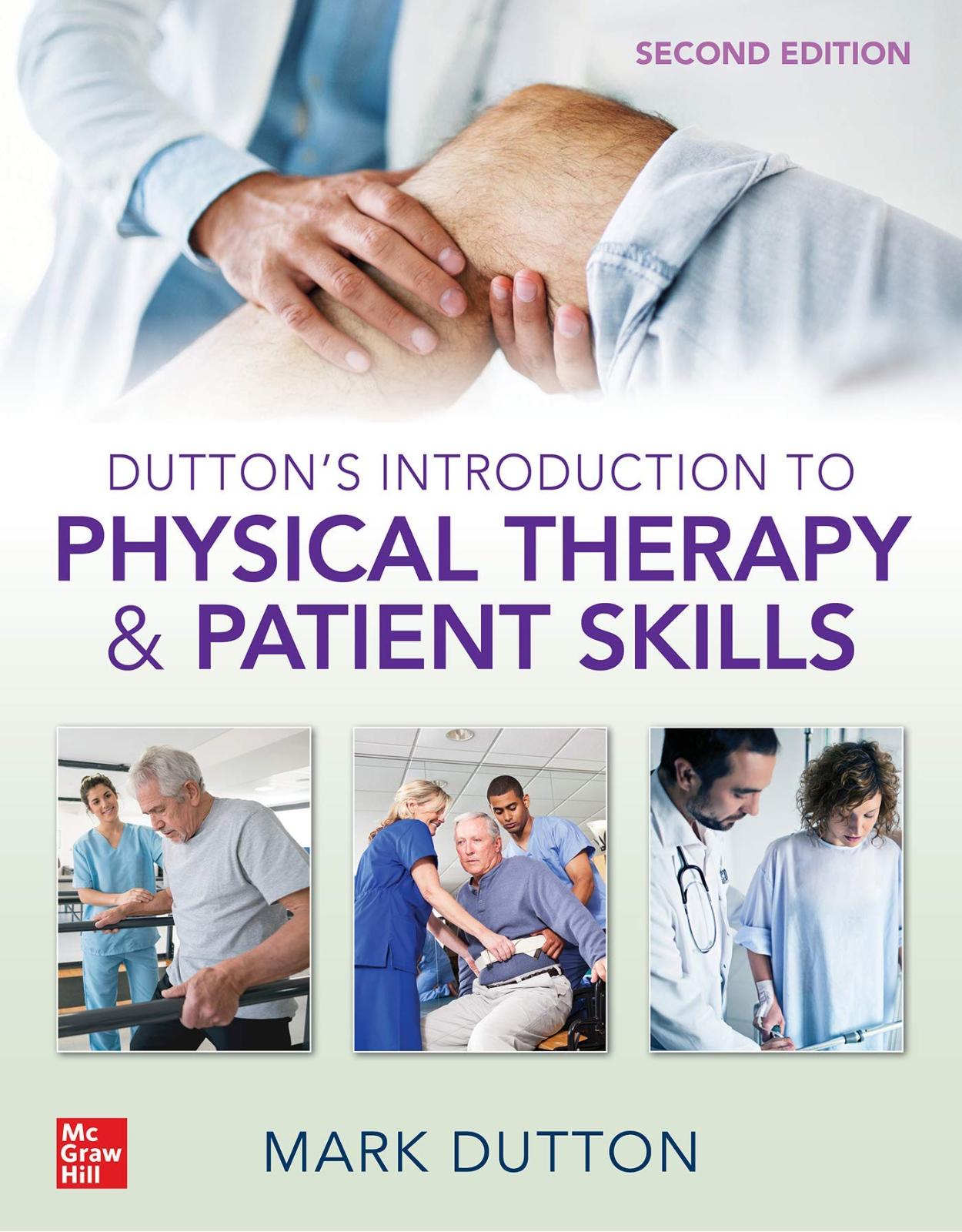
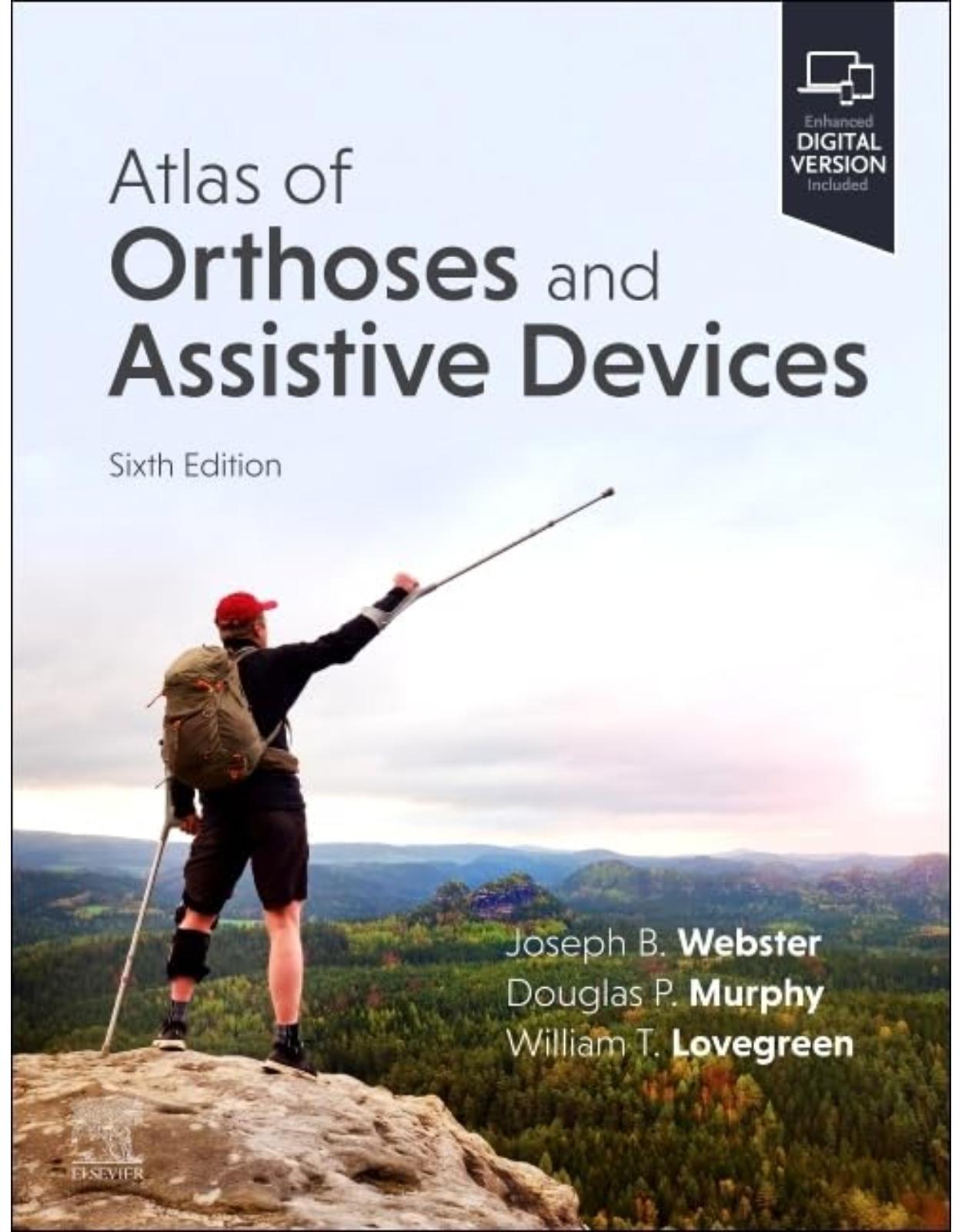
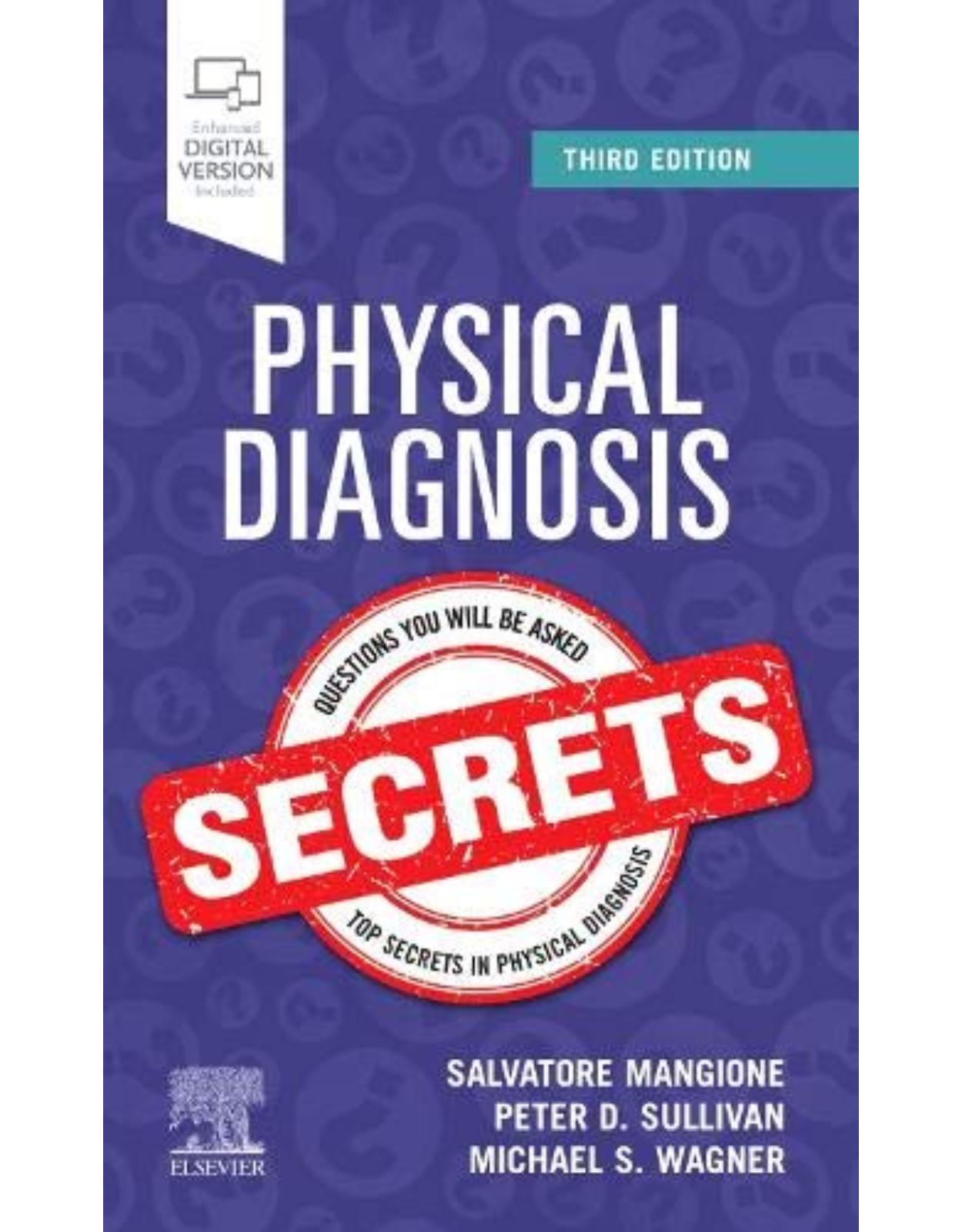
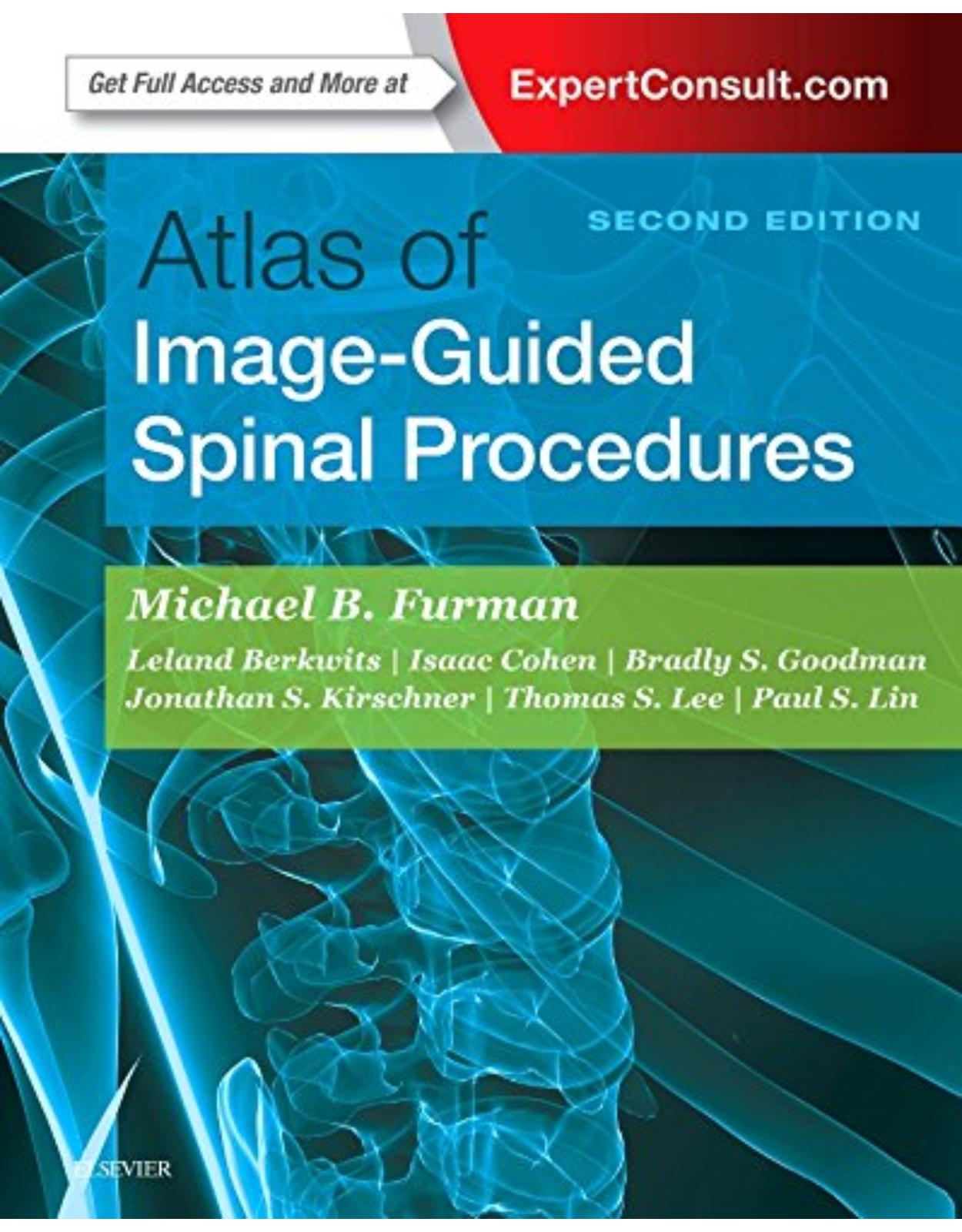
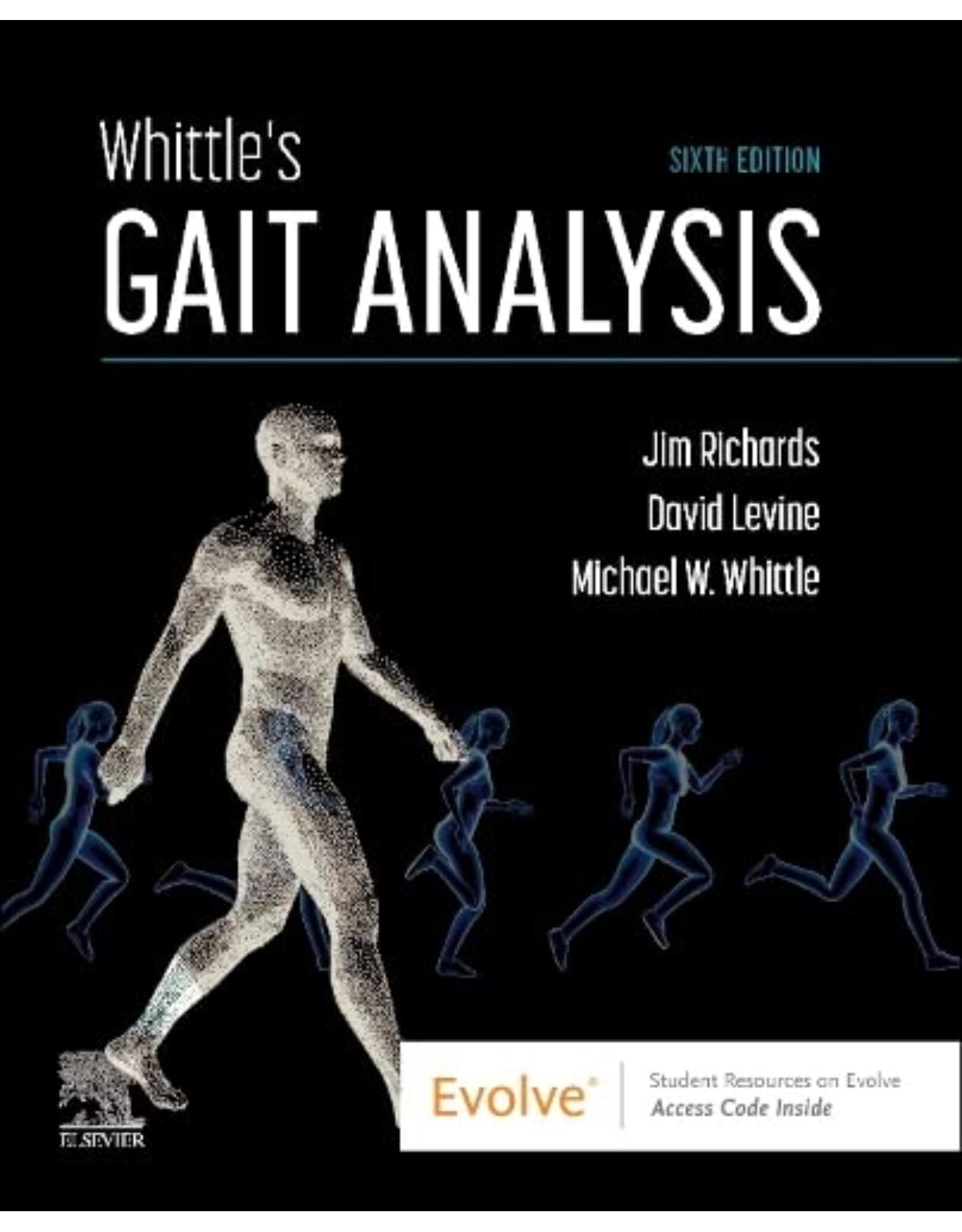
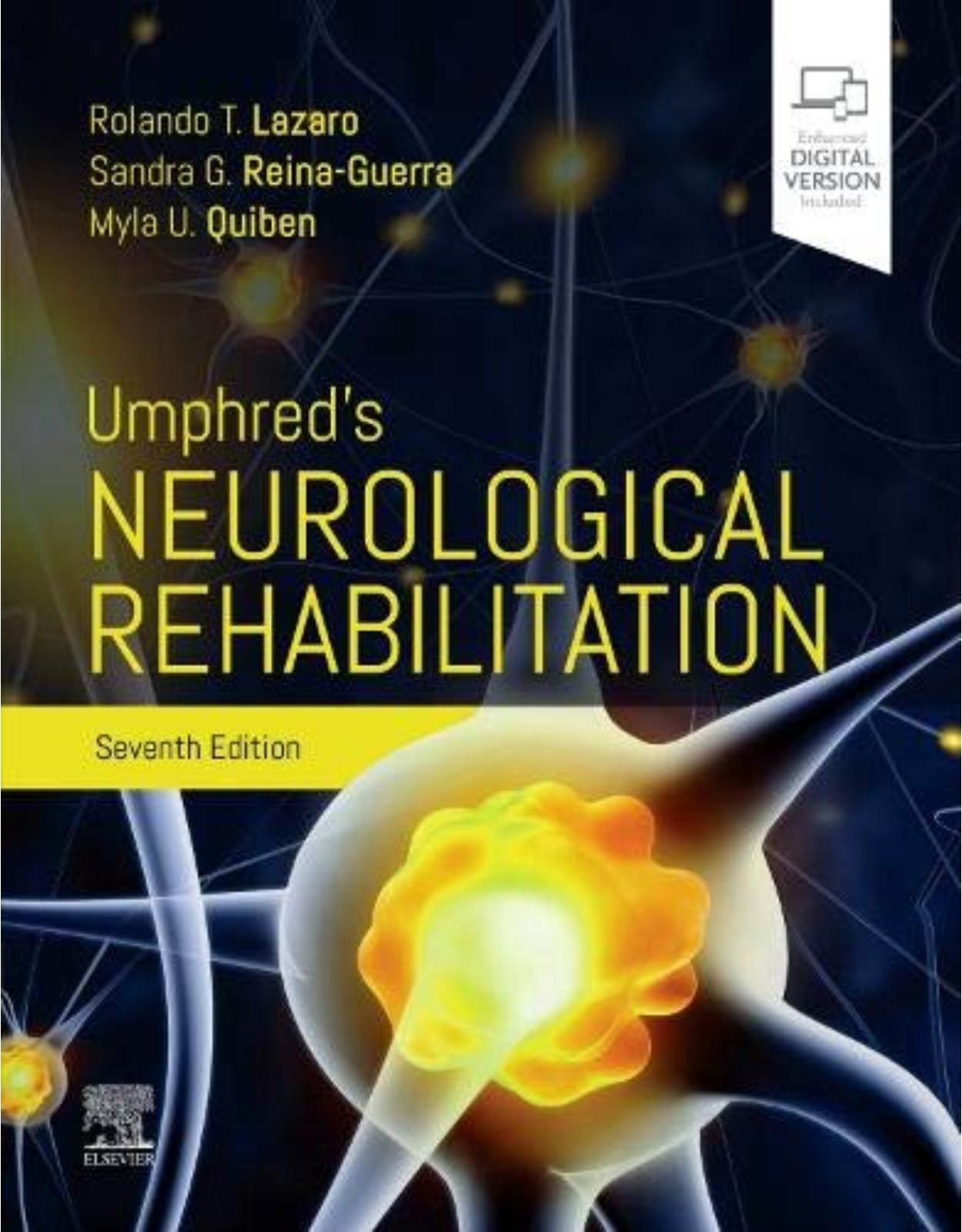
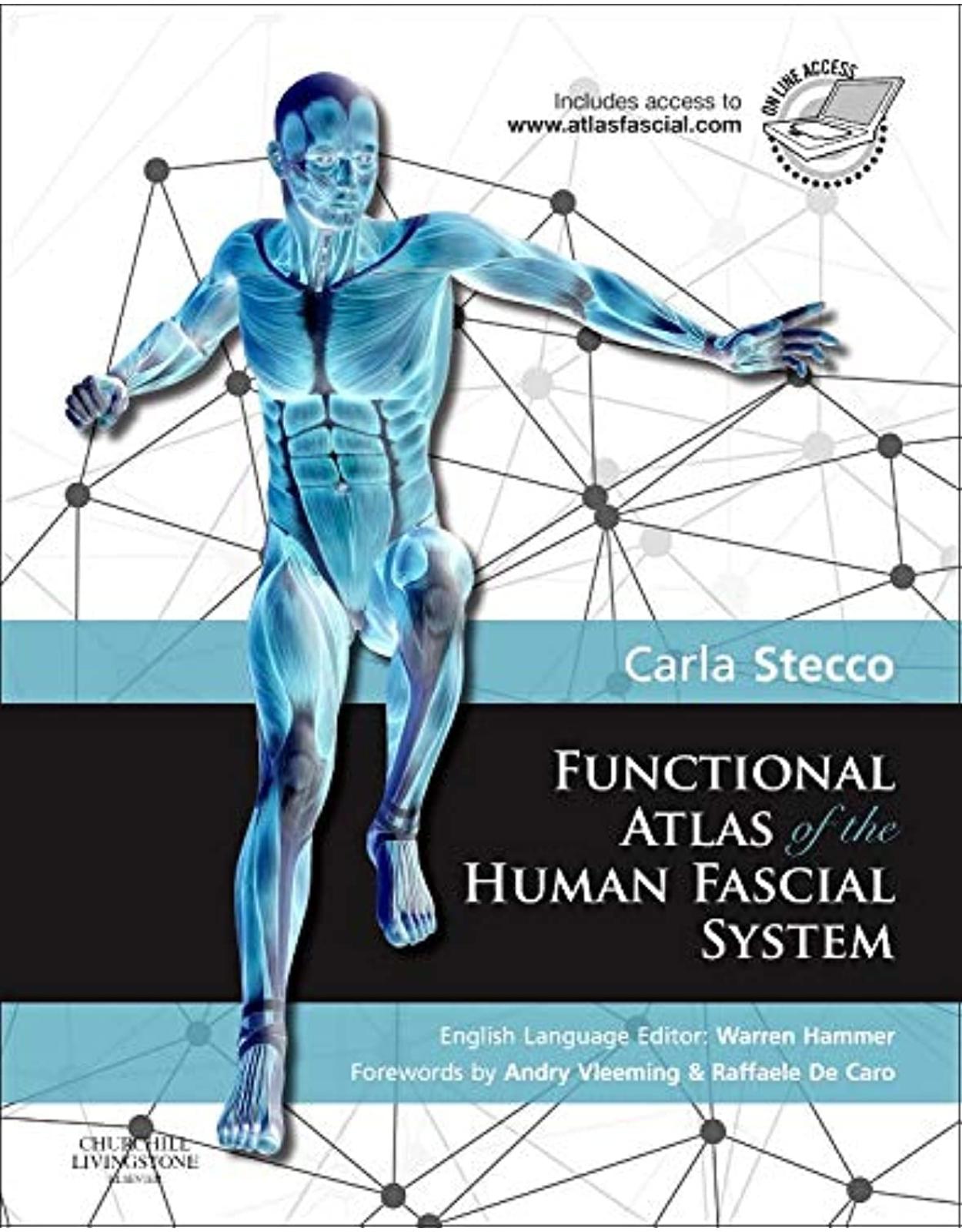
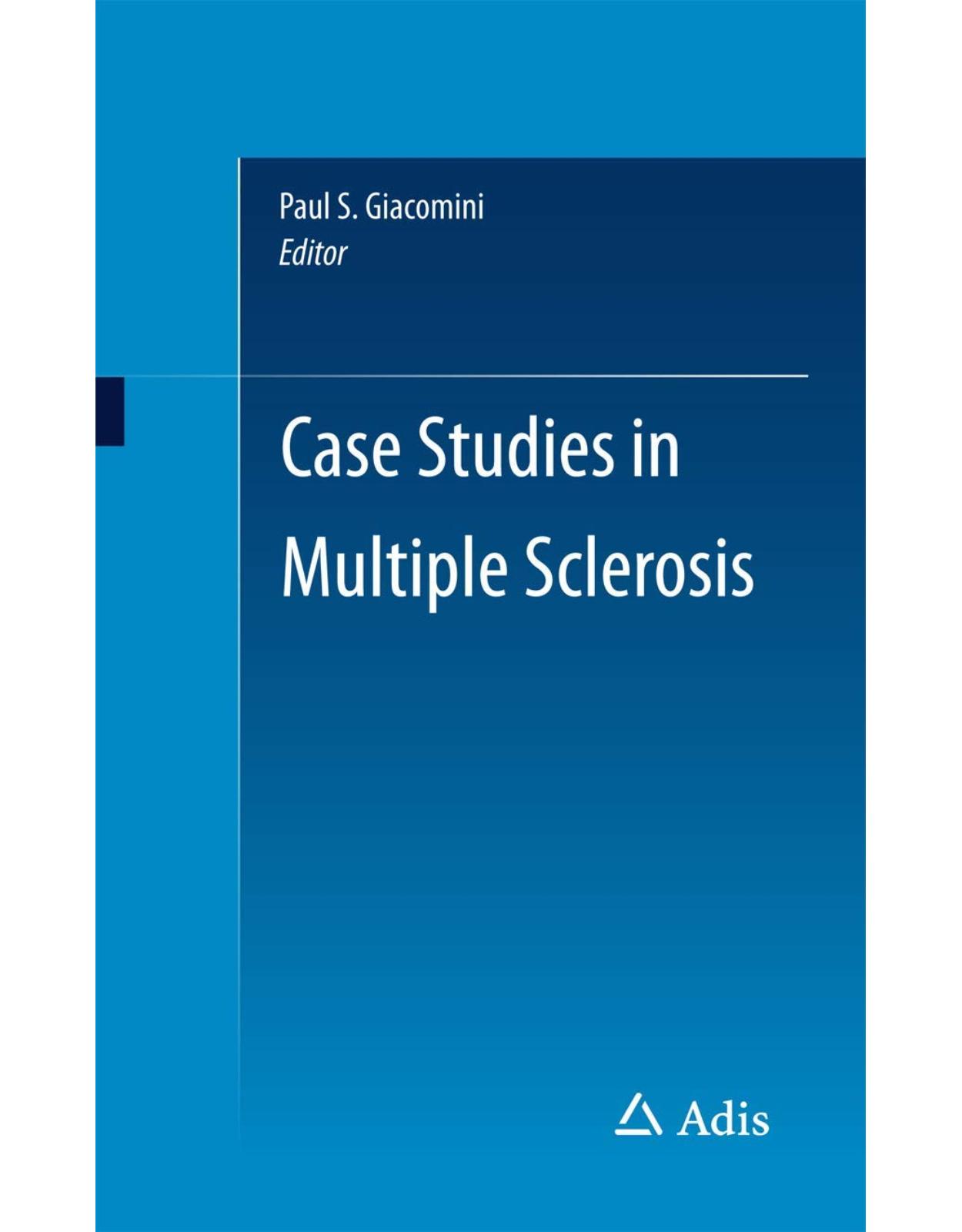
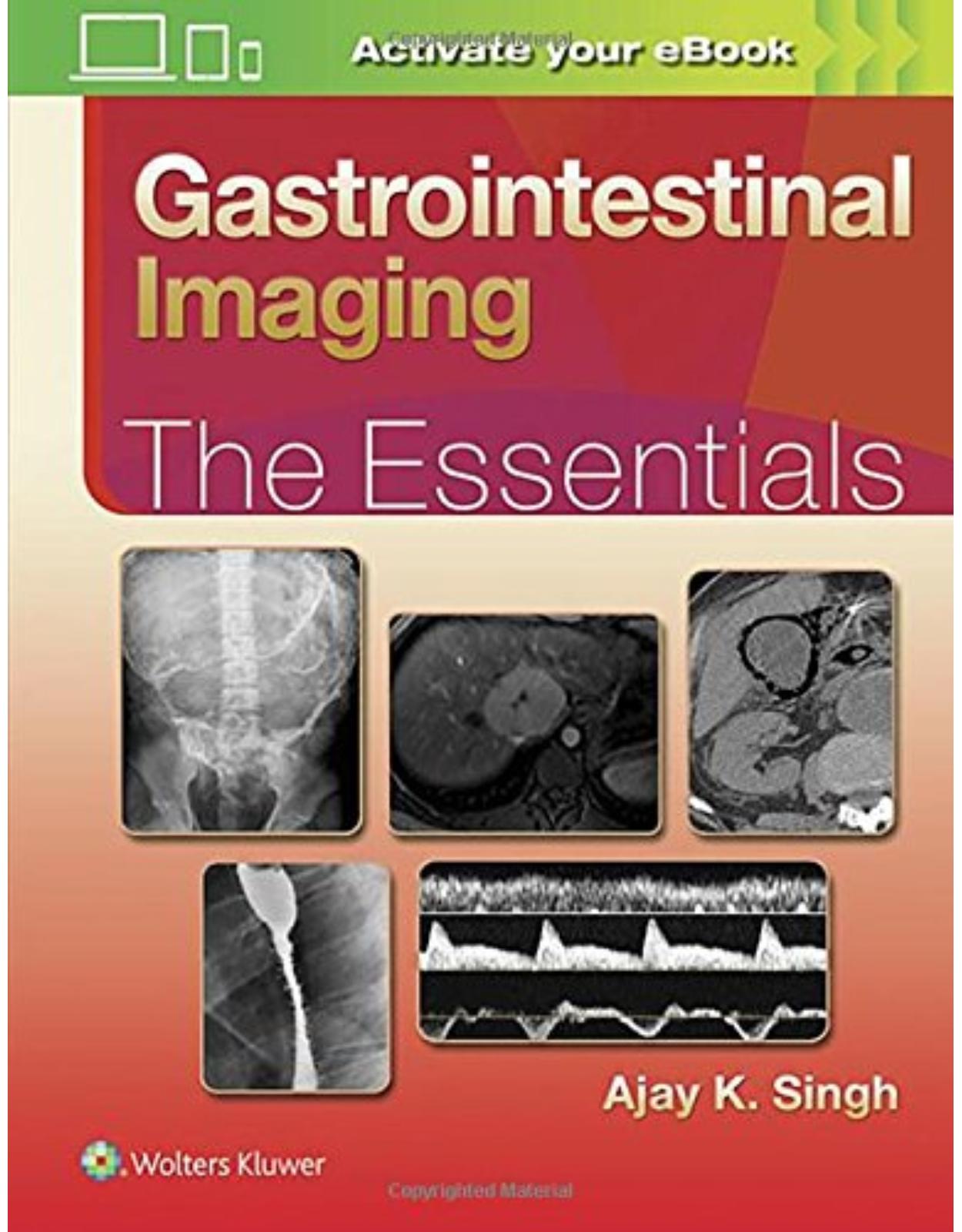
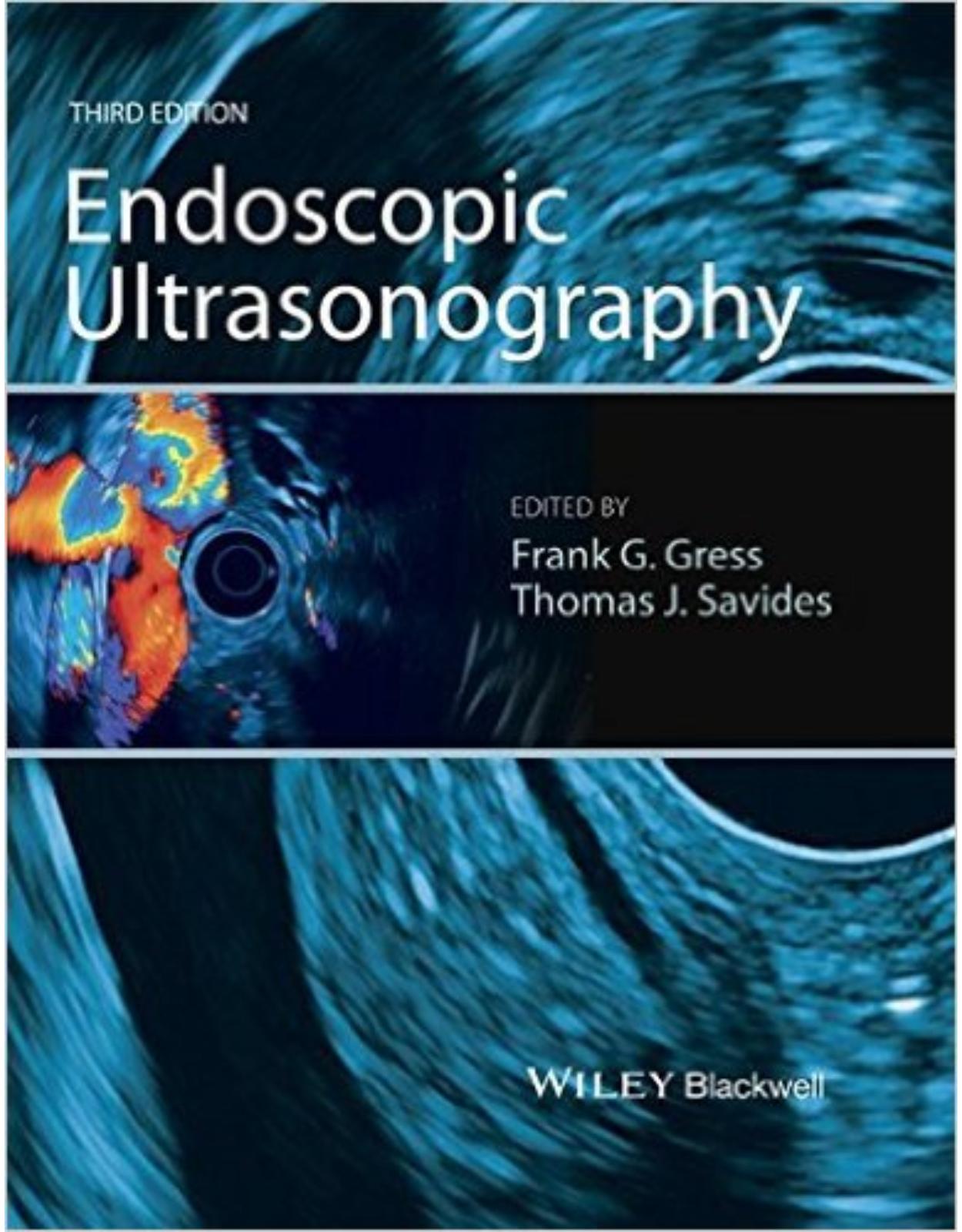




Clientii ebookshop.ro nu au adaugat inca opinii pentru acest produs. Fii primul care adauga o parere, folosind formularul de mai jos.